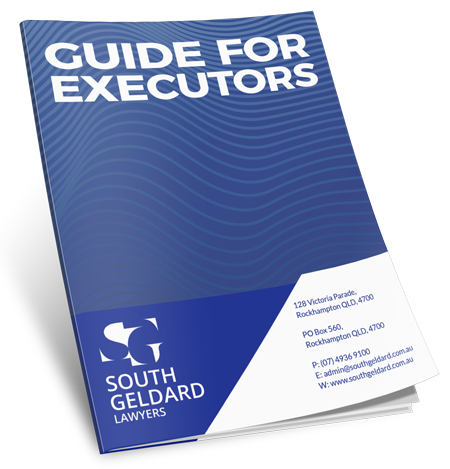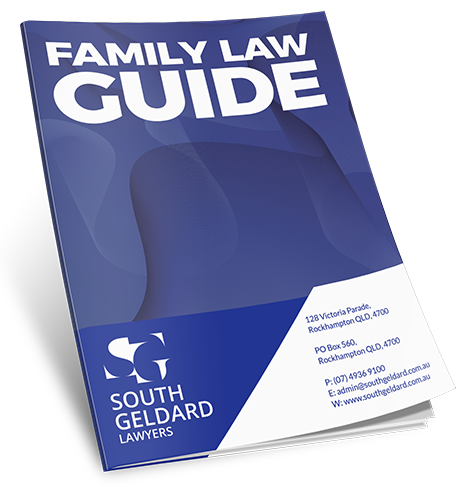While most business people have heard of trusts, it’s likely not as many really understand what they are or why you’d use one.
From the outside, trusts can look like a complicated type of investment structure only really understood by specialist lawyers and accountants. In essence, a trust is a relationship rather than an entity or a person in its own right. It is formed when one person, the “trustee”, holds the legal right or thing for the benefit of another person, the “beneficiary”.
In a business context, trusts are most commonly formed by execution of a deed in which a person or entity known as the ‘settlor’ gives money or assets, or a right to those things, to the trustee to “set up” the trust for the benefit of the beneficiaries.
For tax reasons, the settlor cannot be a beneficiary of the trust and so is usually an independent person such as a financial advisor or legal representative.
Beneficiaries or classes of beneficiaries are defined in the trust deed and can be named individuals, descendants of a person, a company, charity and even another trust. The trustee itself can also be a beneficiary provided that it is not the only beneficiary.
The money or thing (which you’ll often see described in the trust deed as the “settlement sum”) forms the trust property. The trust property can grow over time by, for example, buying or adding other assets to the fund, carrying on a business for profit, or simply by the accrual of interest earned on money held in the fund. Conversely, it can also be diminished.
Beneficiaries receive the benefit of the trust property as income or capital distribution.
Some trusts also include a person as an ‘appointer’ who has the power to remove and replace the trustee, as well as to nominate a successor on his or her death. The considered choice of appointor should be part of an effective asset protection strategy and can be a useful mechanism for handing control of assets to particular people at a point in the future.
Why set up a trust?
There are a variety of reasons why business people may prefer a trust structure.
The simplest reason is to keep legal control of money or assets separate from a beneficiary. This could be by necessity where the beneficiary is not of legal age, or has a disability, and is not able to make his or her own informed decisions.
Trust structures also offer a way to manage tax liabilities, to protect assets from creditors if a beneficiary is at risk of bankruptcy or insolvency, or as an investment vehicle by which to own real estate or a share portfolio.
The different forms of trust
There are a number of different forms of trust, but the most common are discretionary trusts, unit trusts, hybrid trusts, and superannuation funds (which are operated by a superannuation trustee).
Discretionary trusts: This form of trust is frequently called a ‘family’ trust because it is commonly used in a family business or family investments. The classes of beneficiaries are defined by reference to an individual and include his or her immediate family members, often their spouses and their various descendants and private companies controlled by the family.
The trustee of a discretionary trust distributes income and capital gains from investments and assets held in the trust to beneficiaries each year – as the name suggests – at its discretion .
The primary advantage of this form of trust relates to tax. Say, you are a trustee earning an income that places you in the highest income tax bracket. Your trust beneficiaries, by contrast, are in lower tax brackets or perhaps even under the tax-free threshold. By distributing trust income to eligible beneficiaries taxed at the lower rate, it is possible to reduce your overall tax liability. As with all things tax related, you should seek proper advice before embarking on a particular strategy as there are many traps for the unwary or uninitiated.
The trustee’s discretion to distribute income to a particular beneficiary and not to another means that beneficiaries have no legal right to claim the assets or income of the trust. This becomes a powerful asset protection tool and a key consideration when it comes to estate planning. If a beneficiary of the trust becomes bankrupt, is being chased by creditors or is generally profligate, with proper planning, assets held within the trust can be protected from creditors seeking to recover debts. This is because the claim of a creditor or bankruptcy trustee against the trust assets is only as good as the legal right of the beneficiary to those assets or income. Until the trustee exercises its discretion, that right does not exist. Once the beneficiary is through the bankruptcy period and/or has their financial affairs back in order, the trustee may resume distributions to that beneficiary.
A further benefit of this trust structure is that the Capital Gains Tax 50% discount rules will apply on the sale or disposal of a capital asset of the trust provided it has been held for twelve months and the proceeds are paid, applied or set aside for a beneficiary which is a natural person (and not a company). This discount will flow through to those beneficiaries on distribution of the sale proceeds which are then taxed according to that person’s particular circumstances.
If a trust structure is used to hold a family business, small business capital gains tax concessions and the benefits of limited liability are also available. The downside is that losses in the trust are isolated in the trust and cannot be allocated to beneficiaries to offset their income (as you would for a negatively geared investment property).
Finally, a discretionary trust allows new beneficiaries to be easily admitted without the trustee losing legal control of the trust as people often fall within the classes of beneficiaries defined in the trust deed. A word of warning – there are circumstances where admitting new beneficiaries can trigger a capital gains tax event with costly tax implications for the trust.
Unit trusts: Here, a trustee holds the assets of the trust for holders of a fixed number of units in the trust. Unlike a discretionary trust, each unit-holder receives an entitlement be it income, capital or both in proportion to the units they hold in the trust. Unit trusts are also referred to as ‘fixed’ trusts because the trustee has no discretion as to how to distribute the trust’s capital and income.
This form of trust is often used where unrelated parties run a business or wish to hold an asset together, such as in a joint venture enterprise. Listed and unlisted property trusts are examples of fixed trusts.
Hybrid trusts: This form of trust combines the features of a discretionary and unit trust, with the assets or capital divided into fixed units but income distributed to beneficiaries according to the trustee’s discretion.
Hybrid trusts are often used where unrelated parties – such as two different family groups – wish to invest, for example, in a commercial property. Income tax, capital gains tax and asset protection advantages remain available in this structure, but respective rights and entitlements of the unrelated parties are kept apart.
Superannuation funds: Super funds are a form of trust established by a trust deed which determines each member’s entitlement and are regulated by the Superannuation Industry (Supervision) Act 1993 (Cth). The trustee maintains discretion over assets and investments in the fund and selection of a death benefit beneficiary.
Self-managed superannuation funds (SMSFs) are slightly different in that the members of the fund are also the trustees, offering greater control over investments and asset protection strategies for the retirement benefits of its members. SMSFs may comprise of individual trustees where a minimum of two is required and each is appointed a trustee of the fund, or a corporate trustee where a company acts as the trustee and each member is a director. Each form has different legal obligations and ongoing administrative and compliance requirements.
How expert advice can help
The ease with which trusts can be set up “off-the-shelf” belies the legal and financial complexities which can trap those not well-versed in the form. With proper planning and advice, trusts can be a highly effective addition to your tool chest for tax planning, asset protection and succession, whether as an individual or for a company.
South Geldard Lawyers’ clients take comfort in the knowledge they can rely on our many years’ experience advising like-minded business people about the benefits and limitations of trust structures. If you need further information about whether or not a trust is appropriate for your situation, or if you would like to set up a structure like one of those outlined in this article, call us today on (07) 4936 9100.
It is important to seek specific advice regarding your circumstances as this fact sheet provides general information only and does not constitute legal advice.


